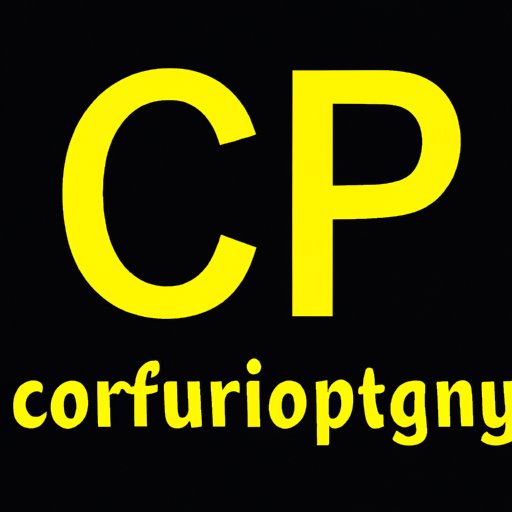I. Introduction
As creatives, we use a variety of resources to produce unique and impactful work. However, it can be challenging to know what resources are legally available for use. Understanding free use is essential for navigating copyright laws and avoiding legal issues. In this article, we will provide an overview of what free use is, its importance in the digital age, and practical tips for navigating it.
II. A Beginner’s Guide to Free Use: What It Means and How to Navigate It
Free use refers to the right to use copyrighted material without the need for permission or payment. However, not all uses of copyrighted material are free use. Commonly accepted forms of free use include commentary, criticism, parody, news reporting, teaching, scholarship, and research.
It’s also important to understand the concept of “fair use” when navigating free use. Fair use provides artists and creatives with the legal right to use copyrighted material for certain purposes without the need for permission. In order to qualify as fair use, the use must be transformative, meaning it significantly alters the original copyrighted material. Other factors that determine fair use include the nature of the copyrighted material, the purpose and character of the use, the amount and substantiality of the portion used, and the effect on the potential market or value of the copyrighted work.
It’s important to differentiate between free use and public domain. Public domain refers to creative works whose copyrights have expired, been forfeited, or are otherwise inapplicable. Using a public domain work does not require permission or payment.
When it comes to navigating free use, practical tips include conducting proper research to ensure the work is available for free use, obtaining legal advice if necessary, and properly citing sources when using copyrighted material.
III. Why Free Use Is Important in the Digital Age
Digital technologies have revolutionized the way we create and share content. However, traditional copyright laws have yet to adapt to these changes fully. As a result, it can be challenging to navigate legally available resources. Free use is an essential concept in promoting innovation and creativity in the digital age. It provides legal protection for artists and creatives to use copyrighted material in transformative ways that add value to their work.
IV. The Top 10 Free Use Resources for Writers and Creatives
Many free use resources are available to writers and creatives to support their work. Here are the top ten free use resources:
- Unsplash – A free stock photo website that offers high-quality images.
- Pexels – Another free stock photo website that provides high-resolution images.
- Canva – A graphic design platform that offers free templates, icons, and graphics.
- Incompetech – A website that offers free music tracks that can be used in videos, podcasts, and other creative projects.
- Wikimedia Commons – A repository of free media resources, including images, videos, and audio files.
- Freesound – A sound effect library with free sound clips that can be used in podcasts and videos.
- Gutenberg Project – A library of over 60,000 free e-books that are in the public domain.
- Google Fonts – A collection of open-source fonts that can be used in design work.
- OpenClipart – A collection of free clipart, vector images, and illustrations.
- Creative Commons – A database of free and legal music, images, and other creative content.
It’s important to understand how each resource can be used legally and to ensure proper attribution is given to the original creator.
V. Legal Aspects of Free Use: Understanding Your Rights When Using Copyrighted Material
While free use provides legal protection for using copyrighted material without permission or payment, it’s essential to understand limitations and legal rights. In general, copyright laws exist to protect the rights of artists and creators. As such, it’s important to research and understand how copyright laws apply to each specific use.
Fair use is a commonly used legal protection for artists and creatives using copyrighted material. The use of copyrighted material for commentary, criticism, or parody often falls under fair use. However, it’s essential to ensure the use is transformative and that proper attribution is given to the original creator.
Proper research and citation are essential when using copyrighted material to avoid legal issues. Using content without proper permission or attribution can lead to significant penalties.
VI. How Free Use Benefits the Public and Fosters Creativity in Different Fields
Free use promotes access to learning and knowledge across various fields. It provides a platform for creatives in less economically advantageous positions to access resources to support their work. Additionally, free use fosters collaboration and innovation across various fields by incentivizing artists and creatives to improve upon existing works.
VII. Conclusion
Understanding free use is essential for navigating copyright laws in the digital age. Whether you’re an artist, writer, or digital creator, knowing your legal rights and limitations is essential for producing impactful and original work. By using the tips and resources outlined in this article, you can ensure you’re using legally available resources to support your creative work.
If you have further questions about free use, consult with a legal expert or continue your research to understand how it can be used legally and ethically in your work.
